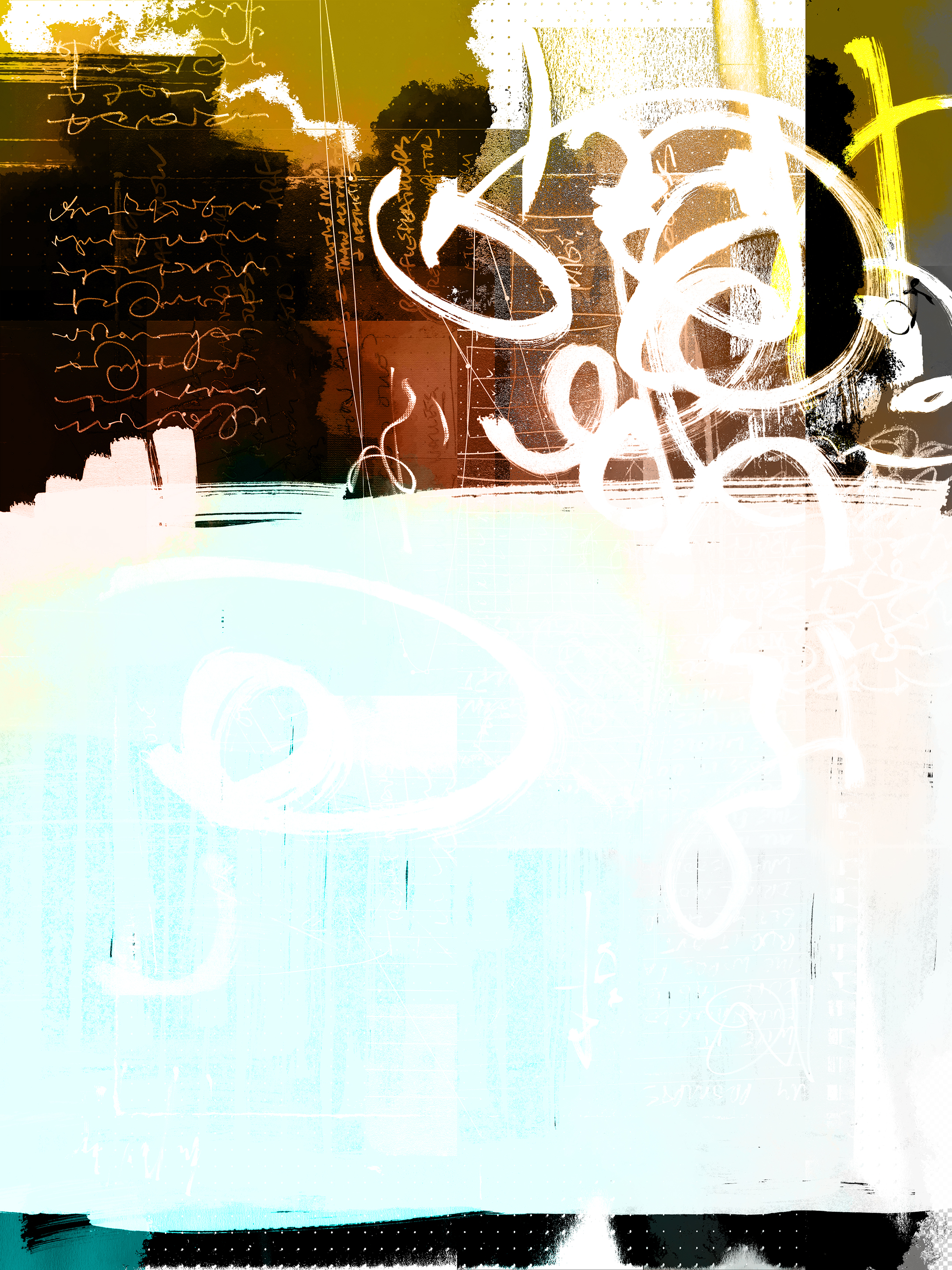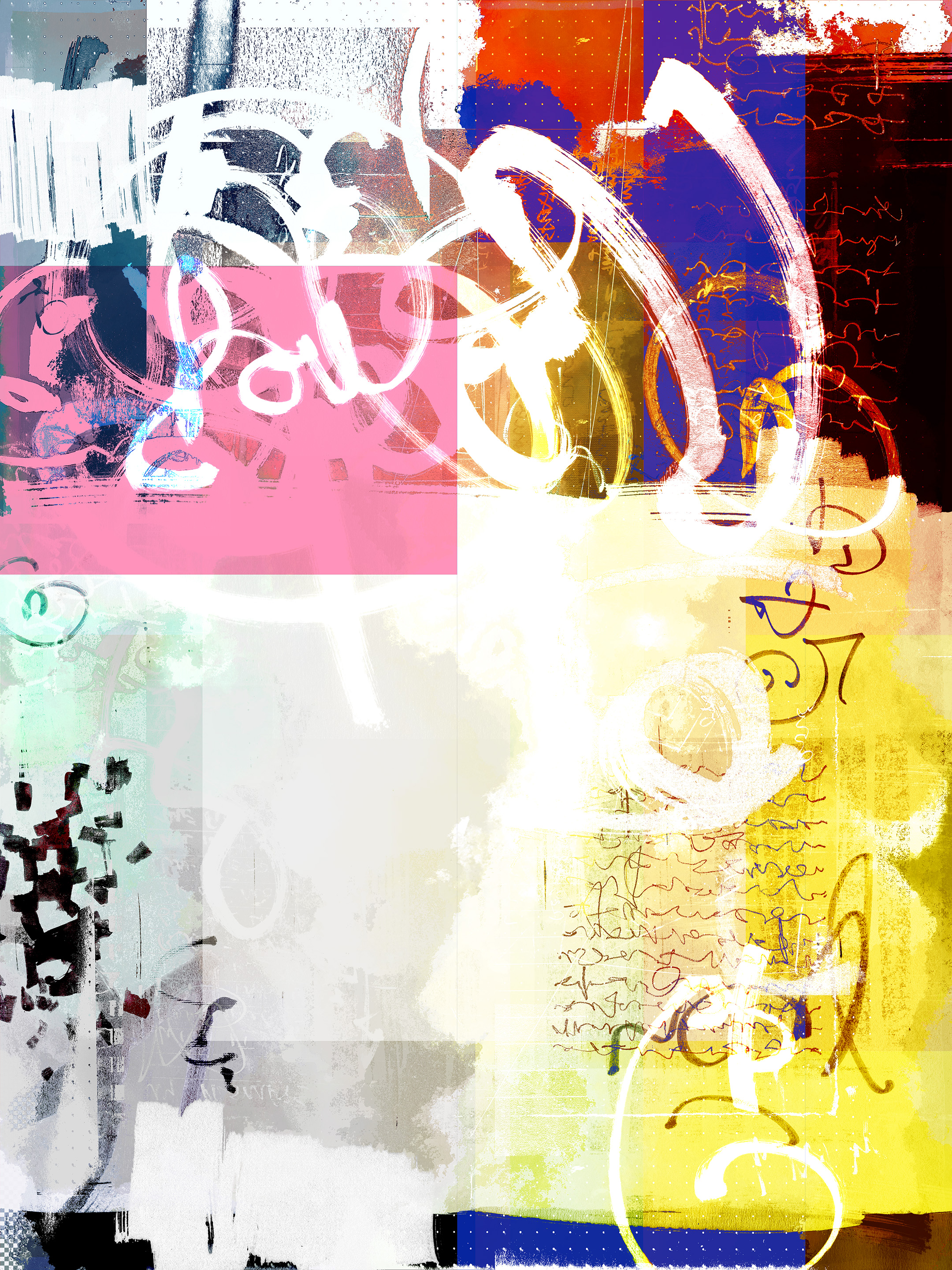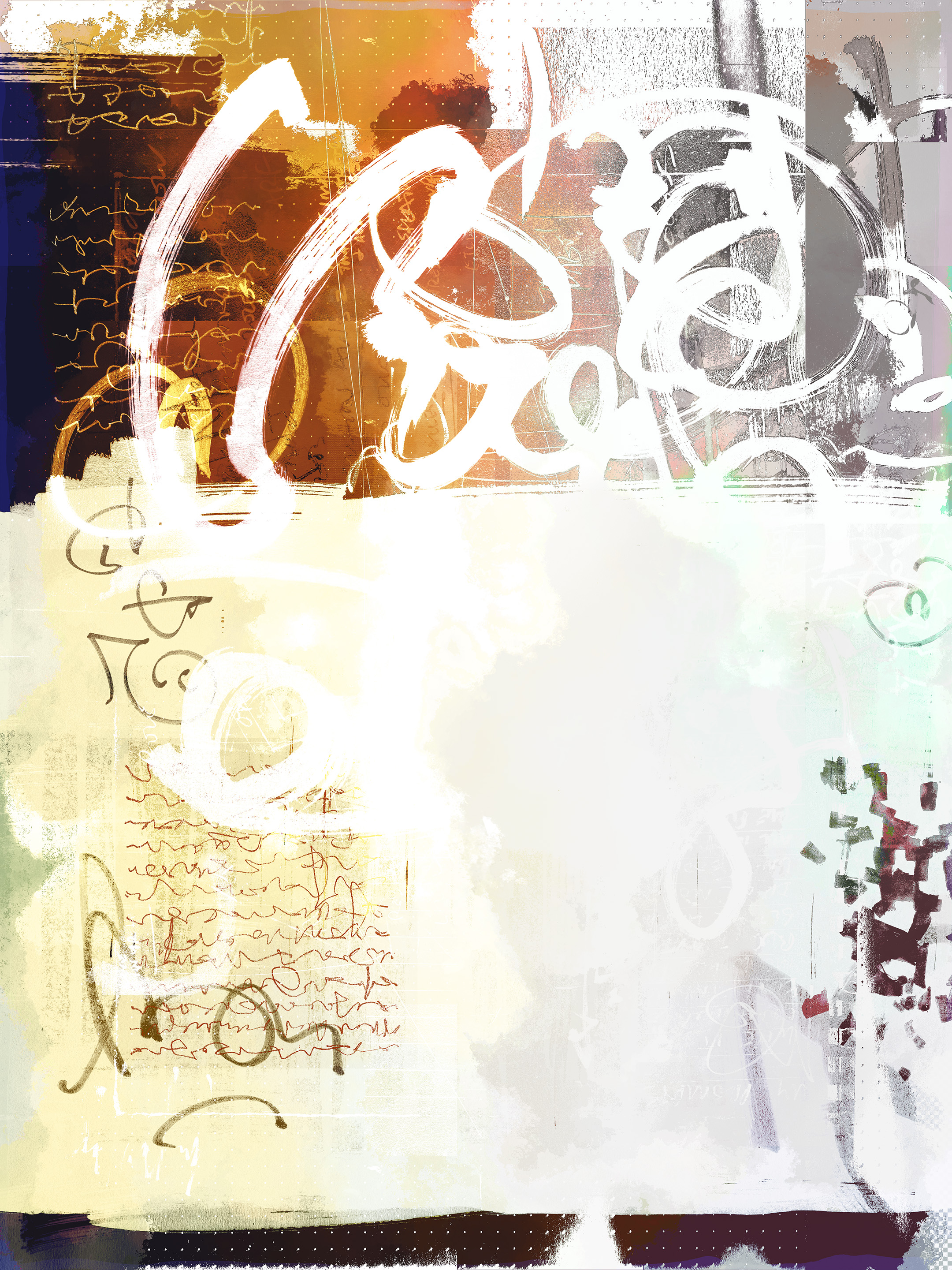Chance is accepted (2023)
<link to Foundation World>
<link to Oncyber gallery>
<link to start point NFT>
<link to end point NFT>
For two weeks in March/April 2023, I let the other artworks in the ‘From Thought to Form’ exhibition by Flannel Collective dictate how I worked on my piece in the exhibition: ‘chance is accepted’ - bringing together chance, risk and collaboration in a process-led performance.
‘From Thought to Form’ pays tribute to Harald Szeemann’s groundbreaking 1969 exhibition and continues the conversation that it started. There’s more about the background, my process and the exhibition below.
‘chance is accepted’
I’ve documented all 39 iterations of the artwork here. Every one has been worked on by myself after receiving action prompts from another piece in the exhibition (more on this process below).








































Background
"Live In Your Head: When Attitudes Become Form" was a controversial exhibition at the Kunsthalle Bern, curated by Harald Szeemann in 1969 (pic below of Lawrence Weiner in situ). It served as a touchstone for the 'From Thought To Form' exhibition by Flannel Collective, which I was kindly invited to join. For the show, I wanted to reference some of the features of the original exhibition as I saw them.

The curation was radical with Szeemann acting as a partner to the artists and offering original input. To my mind, @FlannelCapital (along with co-curators @adhd143 @IDerech @nev_in_color and @tustont) has pulled off a similar feat by invoking such a radical starting point for a web3 exhibition. I also liaised with Flannel whilst putting my idea together and have greatly valued his input.
Concept
An obvious limitation to online exhibitions is the lack of a physical space, but I wondered if I could emulate some of the 1969 artists by working on my piece *inside* the venue. I decided to begin work on my piece on the opening day of the exhibition and work on it every day for two weeks, documenting each step of the progress online so that it almost became a performance piece.
Another aspect of the 1969 show was the way the artworks interacted with each other. It was hard to take a photo of one artwork without another artwork creeping into shot. They affected each other. Could I recreate this digitally?
As I was going to wait until the other artists had minted their artwork, then I figured I could pinch some seed data from each token and use this to steer my process. Every other artwork in the exhibition could directly interact with and affect my piece.
I'm also struck by a dichotomy within the web3 space. On the one hand NFTs encourage experimentation by making it quick and easy for artists to realise an idea (like a siren's call), but on the other hand any experiments that don’t quite work out are then frozen for ever*, for everyone to see. No hiding place for. Could I play on this?
So 'chance is accepted' (named after a quote by Robert Morris, one of the original 1969 artists) became a performance of a randomised process. The central two week experience was transitory, but the beginning and end have been preserved as NFT 'bookends'. The owner of p1 (THOUGHT) will receive an airdrop of pt2 (FORM).
Process
To get my artwork to interact with the other pieces in the exhibition, I'd need random data from each.
I figured I could take random numbers and letters from the transaction hash of the mint of every other piece in the exhibition (so the data come from the piece and not the artist's wallet). I used a random number generator to choose the order of each piece, and two numbers and two letters from each transaction hash. These gave me two prompts out of the three possibilities: actions/elements/colours.
For action prompts, I've often in the past referred to Brian Eno & Peter Schmidt's Oblique Strategies cards so I included some of the more visual art prompts from these. I also used ChatGPT to create some further lists of prompts, some literal, some more er, oblique. I also added in some of my own.


For elements, I prepared sheets of my asemic writing; large, medium and small.
For colours, I asked ChatGPT for 13 colour palettes from big hitter artists. These varied in accuracy, but I kinda like that so I didn't adjust them. Also, ChatGPT crashed on the last artist, so I actually had 12. I created simple colour blocks of each in Photoshop and also took these into Procreate to add texture and softed edges. So I have two sets of colours, one sharp edged and one more textured.

I could probably write a book about the journey making this piece. Some of the prompts led me to unexpected places, such as including a waveform of birdsong and referencing ‘A Christmas Carol’ by Dickens. I learned a hell of a lot and have enough ideas for the rest of the year.
Conclusion
I think 'chance is accepted' takes a couple of things from the 1969 show and brings them into the web3 space; the idea of using the gallery as a studio, and the interaction between artworks in the exhibition. It also places the focus on the inbetween moments in the process of an artwork, and not on the finished piece. The *journey* from thought to form. I think it also makes me review the finality of minting a token on a blockchain - my piece could have been a 'look's great' in its penultimate iteration, only for the final action to reduce it to a 'meh'. As well as chance, risk is accepted.
*‘Potentially’ for ever. See Artnome's ClubNFT for more on this, it's an important subject.
